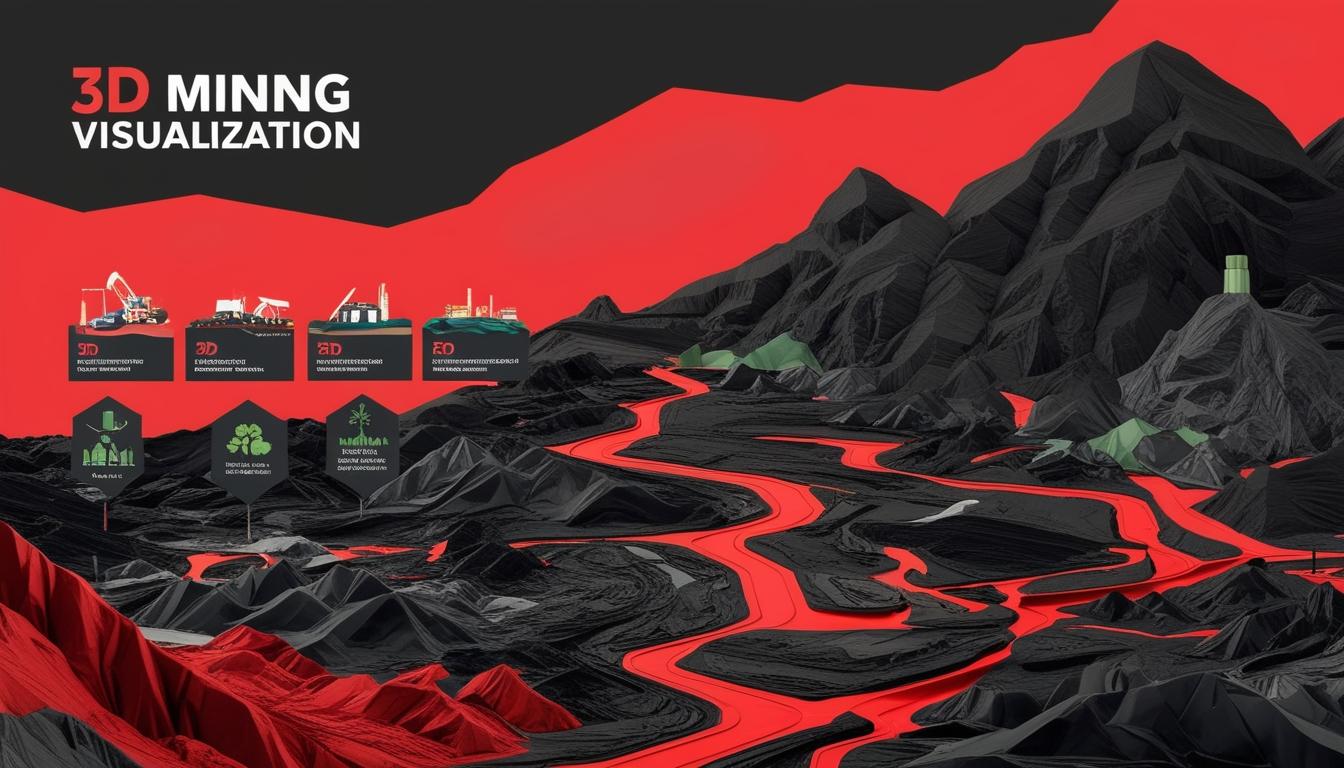Tudor Whiteley, a representative of Ironfin, highlights the transformative impact of 3D visualisation technology on communication within the mining sector. He elaborated on how this technology is revolutionising engagement with various stakeholders, fostering trust, enhancing community interaction, and simplifying complex mining plans through photorealistic models.
The discussion centres around the potential for stakeholders, including local communities, governments, and Indigenous groups, to virtually experience mining projects before they commence. This is achieved through hyper-realistic, immersive visualisations that offer detailed portrayals of proposed infrastructure, future land contours, and integrated environmental safeguards. By shifting away from traditional communication methods such as presentations and technical reports, which can often disenfranchise audiences, 3D visualisation enables a more accessible interpretation of complex plans.
Whiteley emphasised that the essence of effective community engagement extends beyond mere regulatory compliance; it is fundamentally about establishing trust and fostering long-term collaboration. “Effective community engagement is more than a regulatory checkbox; it is the cornerstone of trust and long-term collaboration,” he noted while speaking to Skillings Mining Review.
The technology allows mining companies to create visual representations that invite stakeholder exploration of project layouts. Stakeholders can see the placement of mining infrastructure, examine the projected landscape changes, and grasp the strategies for environmental management. This transparency not only demystifies the project details but also builds a consensus by ensuring that all voices are heard and understood in the dialogue surrounding mining developments.
Additionally, the capability of 3D visualisation to address environmental concerns plays a crucial role in these discussions. Mining companies can effectively showcase their strategies for minimising environmental impact, managing tailings storage, and rehabilitating land. The realistic depictions facilitate stakeholder understanding of how the companies intend to uphold their sustainability commitments, thereby reinforcing public confidence in their practices.
Ironfin itself has been instrumental in driving this innovation. Whiteley described their work in providing real-time 3D graphics that convert complex data into engaging visual narratives. Their projects encompass visualisations of open pit expansions, infrastructure integration into natural landscapes, and even the modelling of wildlife migration patterns in relation to mining activities. These visual tools serve not only as resources for regulatory compliance but also as instruments for cultivating community trust by providing transparent insights into project impacts.
The implications of 3D visualisation extend beyond individual mining projects, heralding a broader shift in how companies interact with their stakeholders. By providing relatable visual context, mining firms can engage in collaborative decision-making processes and foster a unified vision for the future of their operations. As technology continues to advance, the applications of 3D visualisation are expected to expand, potentially unlocking greater engagement opportunities and enhancing communication efficacy.
Given the increased scrutiny and accountability surrounding environmental practices in mining, the adoption of modern communication methodologies is imperative. 3D visualisation stands out as a dynamic and transparent approach that not only builds trust but also drives innovation in the industry. The future of mining communication is evolving, poised to reshape how companies connect with their surrounding communities and stakeholders.
Source: Noah Wire Services
